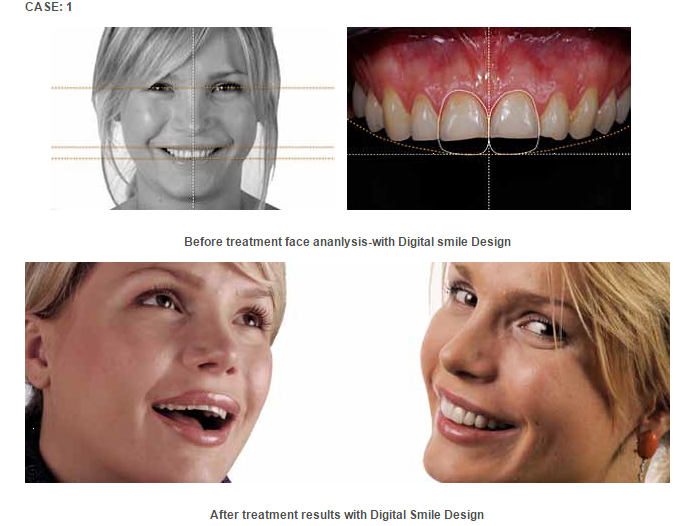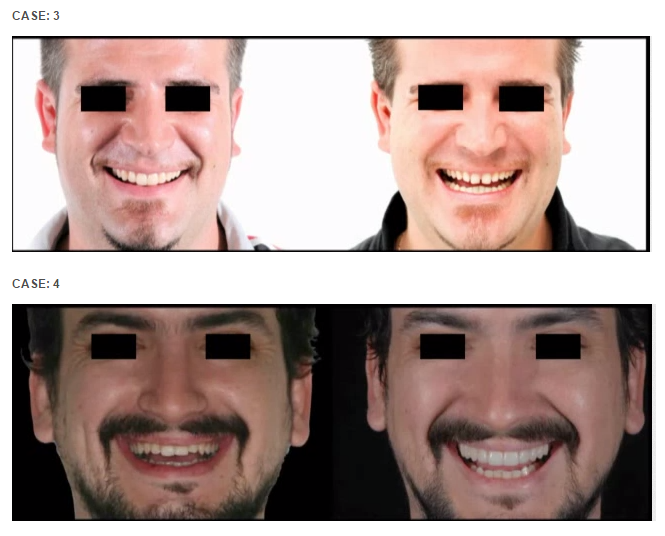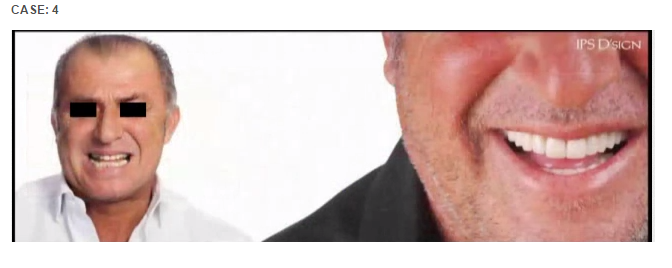
The Digital Smile Design (DSD) is a multi-use conceptual tool that can strengthen diagnostic vision, improve communication, and enhance predictability throughout treatment. The DSD allows for careful analysis of facial and dental characteristics along with any critical factors that may have been overlooked during clinical, photographic, or diagnostic cost based evaluation procedures. The drawing of reference lines and shapes over extra- and intraoral digital photographs in a predetermined sequence can widen diagnostic visualization and help the Dentist evaluate the limitations and risk factors of a given case, including asymmetries, disharmonies, and violations of esthetic principles.
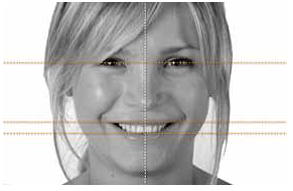
The constant evolution of dental materials and techniques has made it possible to effectively restore tooth form and function using a minimally invasive approach. However, the final esthetic results may fail to meet the patients expectations due to disharmony between the smile design and the patients personality. The patient may feel that the restored teeth do not really belong to him or her. Without the proper knowledge, the origin of this disharmony can be difficult to identify.
For decades, dental clinicians have sought to harmonize the shapes of the teeth with the entire face based on parameters such as gender, personality, and age however, truly successful results have been elusive.
The Visagism concept helps dental clinicians provide restorations that account not only for esthetics, but also for the psychosocial features of the created image, which affect patients emotions, sense of identity, behavior, and self-esteem. These factors, in turn, affect how observers react to patients following treatment.
Visagism involves the creation of a customized personal image that expresses a persons sense of identity. The method used to apply this concept is derived from the association of the principles of artistic visual language with disciplines such as psychology, neurobiology, anthropology, and sociology. Visagism makes it possible to determine which emotions and Personality traits patients wish to express through their Appearance and, specific to dentistry, through their smile.
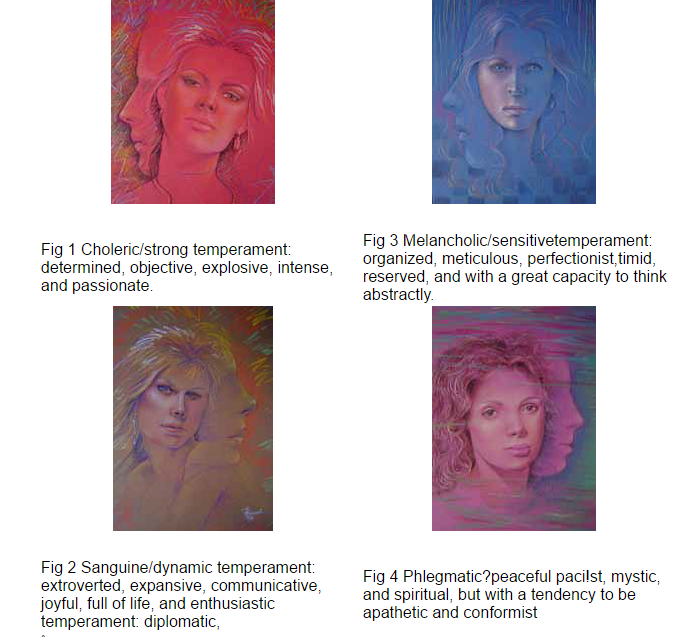
With the Visagism concept, clinicians can design a smile that blends the patients physical appearance, personality, and desires.
One of most significant challenges is to uncover these personality traits and desires in order to translate them into natural tooth shapes in psychodentofacial harmony. The achievement of this goal is what we call beauty.
